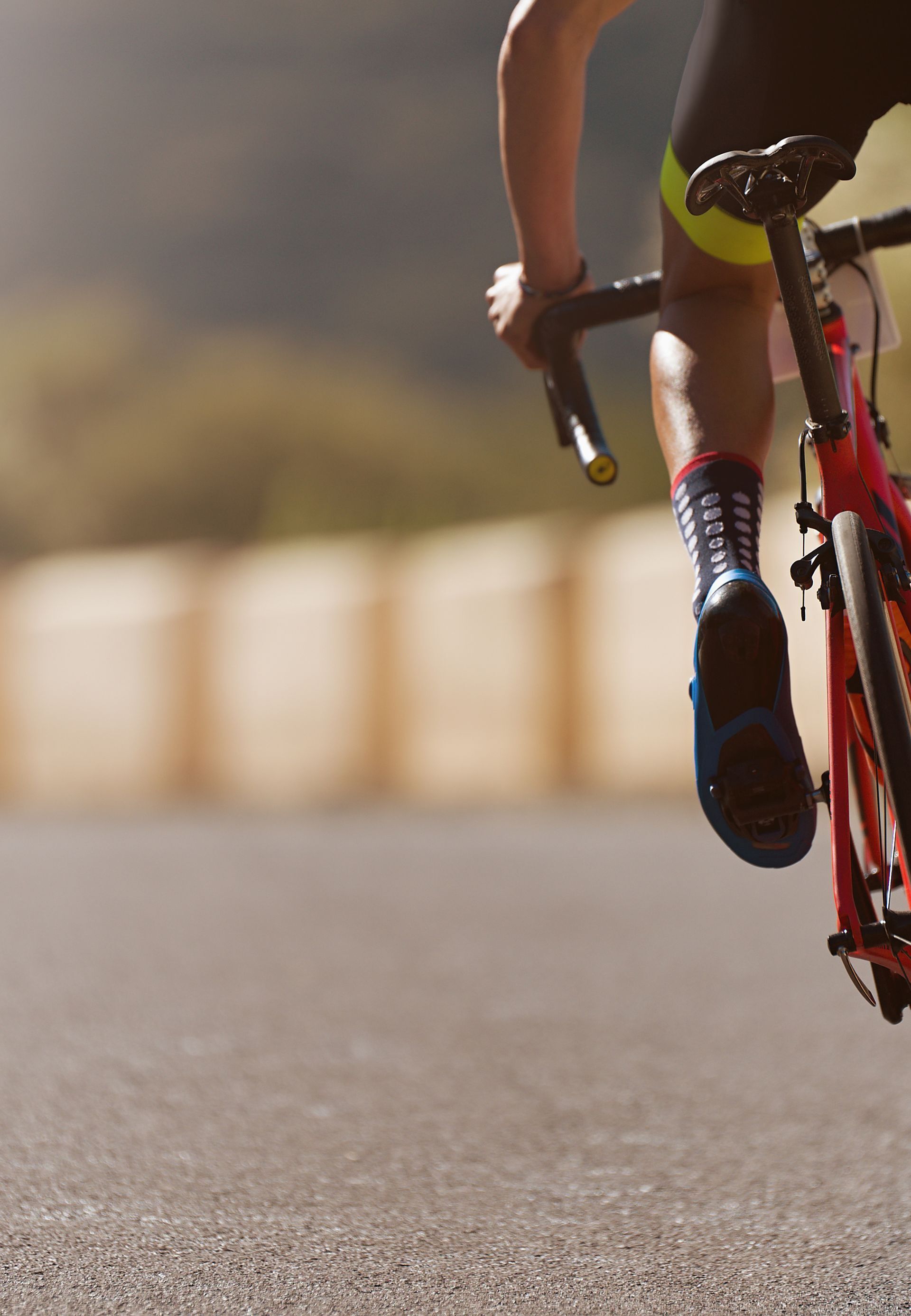Biography: Callum Hughes
Callum Hughes is the founder of Velo Clinic and is a certified Retül bike fitter.
Callum takes a holistic approach to bike fitting, focusing on the body’s and mobility. He has extensive experience fitting bikes for cyclists and triathletes alike, as well as both coaching and competing in both disciplines himself.




